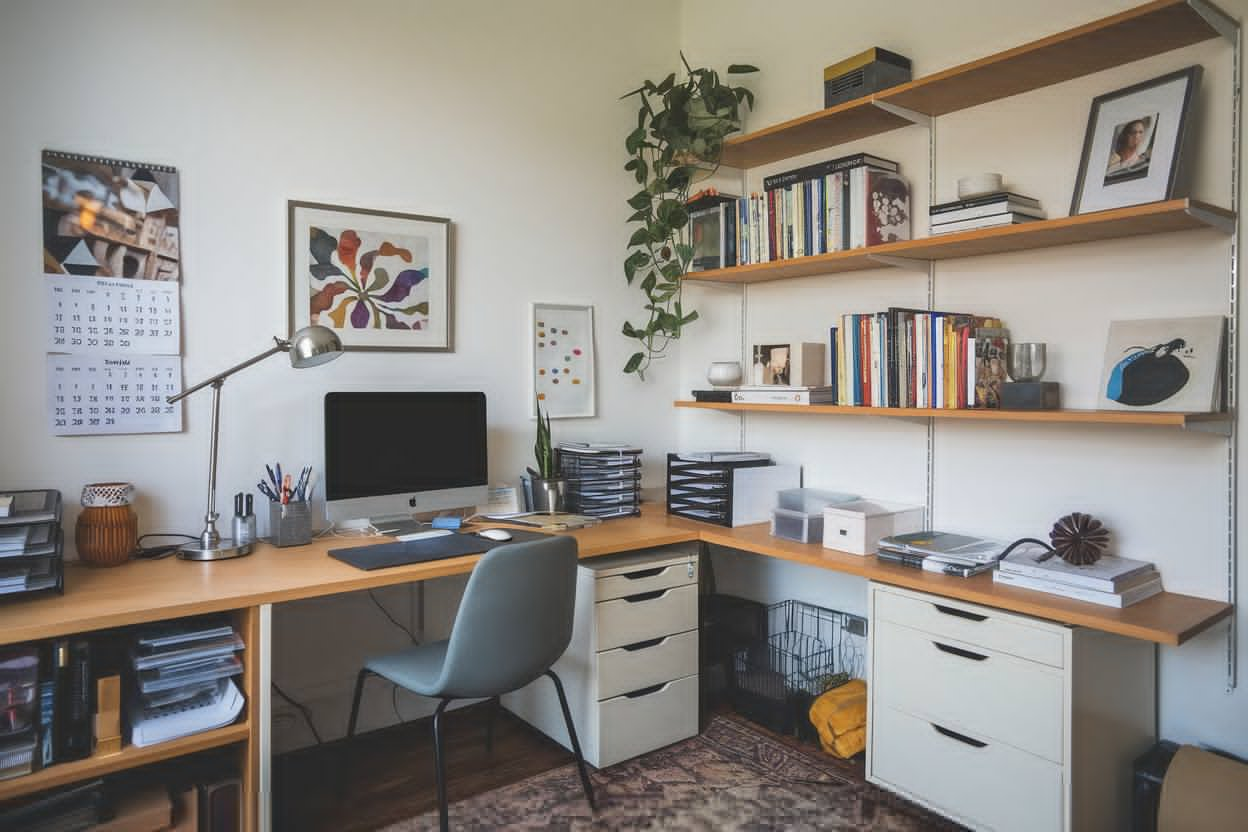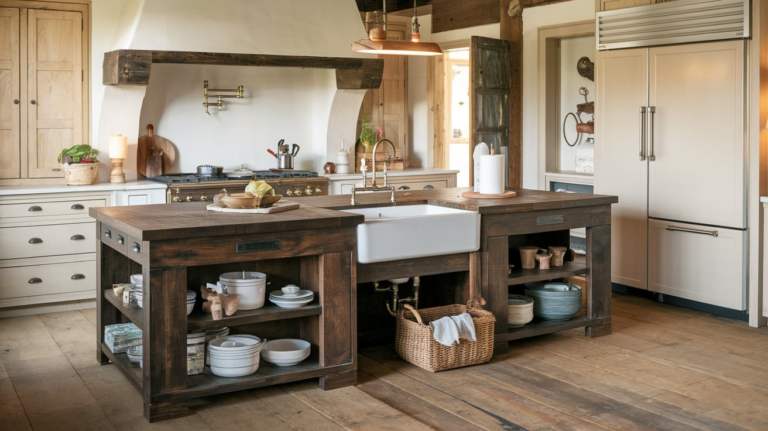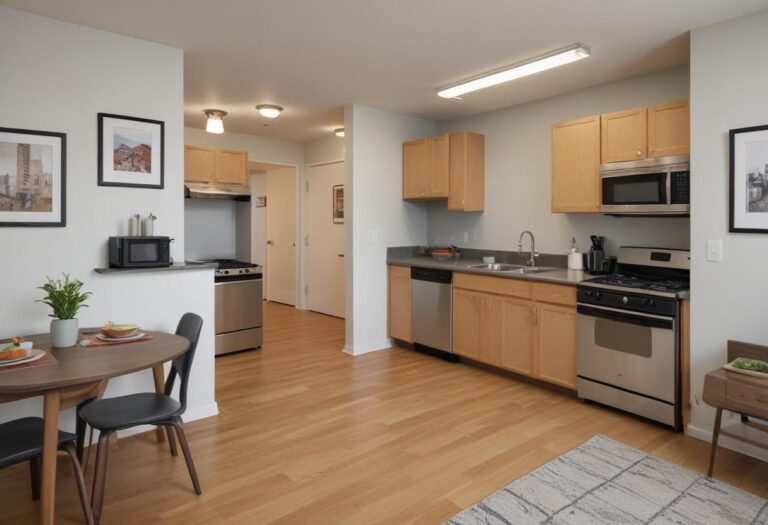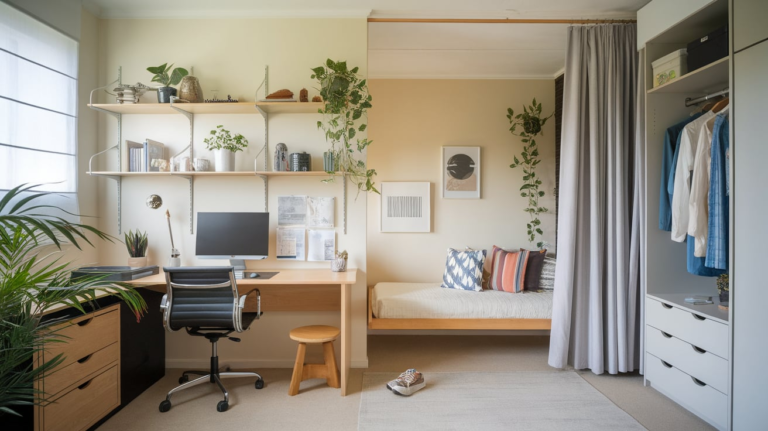22 Home Office Organization Ideas
A cluttered home office is like a mind full of open tabs—overwhelming and unproductive. Whether you’re a remote worker, freelancer, or just someone who needs a dedicated space for tasks, an organized office can make all the difference.
1. Create a Dedicated Work Zone
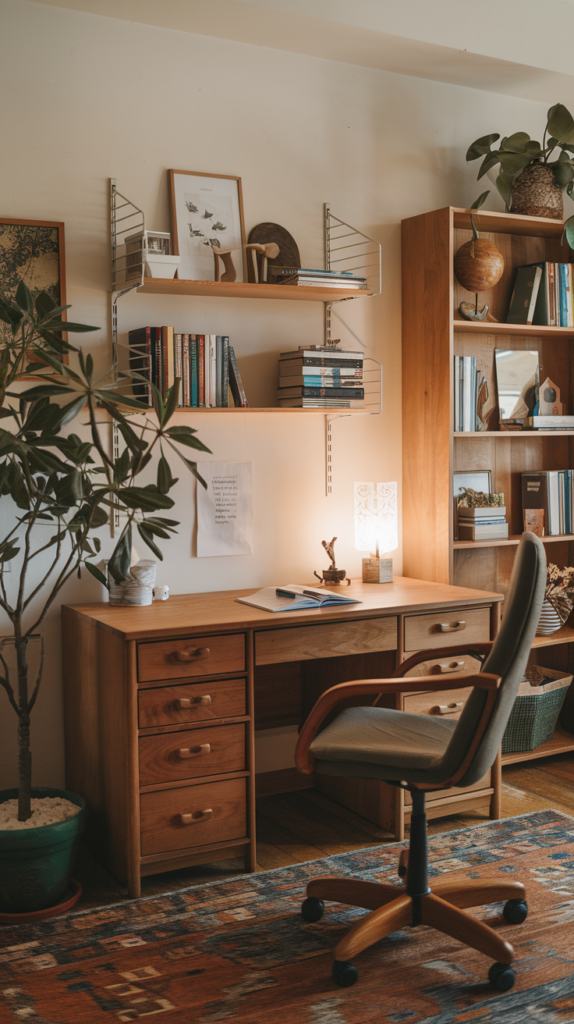
The first step to an organized home office is defining your workspace. Whether it’s a spare room, a nook, or a corner in your living area, establish a clear boundary between work and home life to maintain focus.
2. Declutter Ruthlessly

Think of your desk as prime real estate. If something doesn’t serve a daily purpose, it’s got to go. Use the one-year rule—if you haven’t used it in the past year, you probably don’t need it.
3. Use a Paper Management System
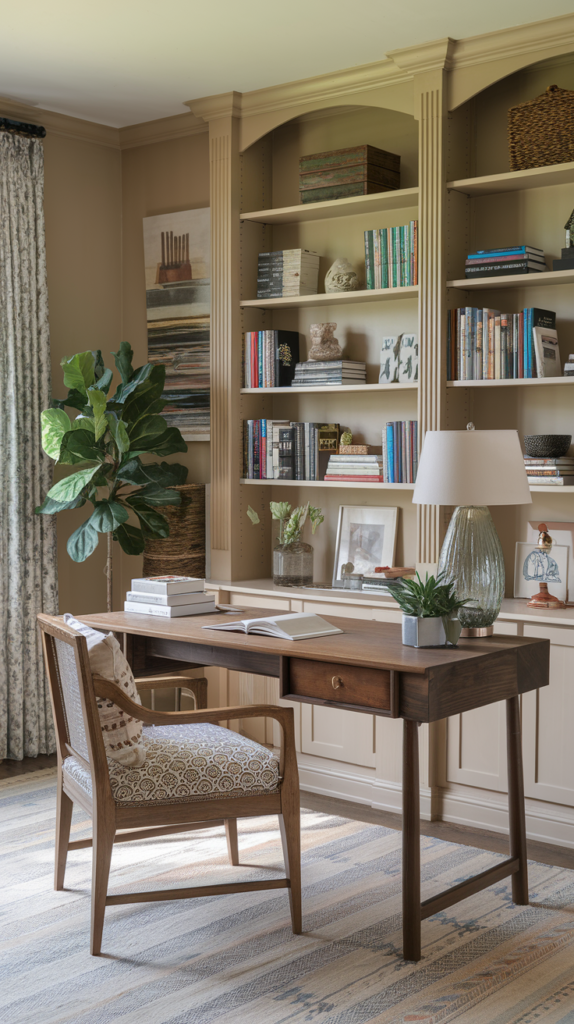
Paper piles can quickly turn into an avalanche. Invest in file folders, binders, and a document scanner to digitize essential papers and minimize physical clutter.
4. Label Everything
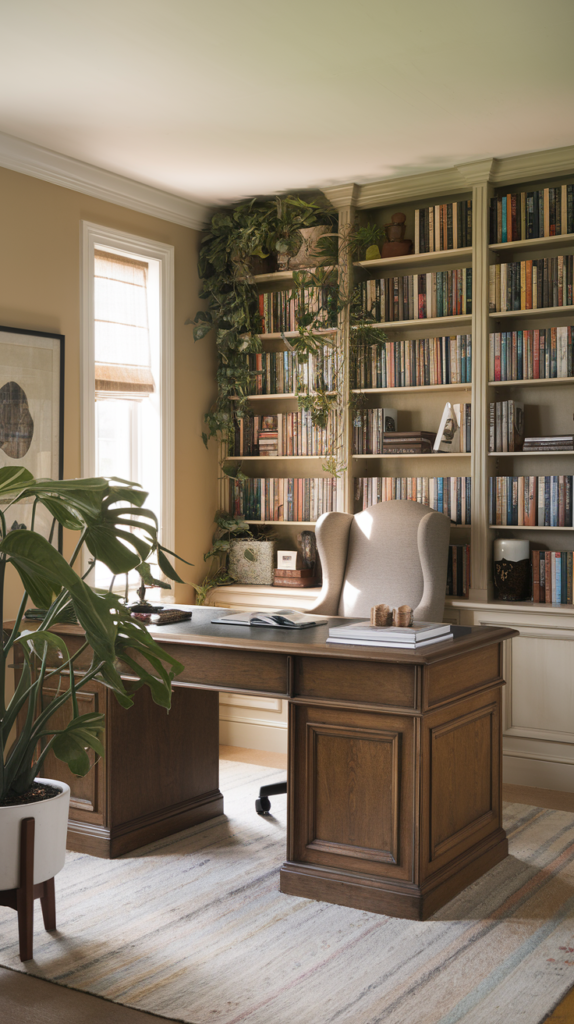
From storage bins to cables, clear labels make retrieval a breeze. You’ll never waste time again untangling mystery wires or searching for misplaced receipts.
5. Opt for Vertical Storage

Think up, not out. Floating shelves, pegboards, and tall bookcases maximize storage without eating into floor space, keeping essentials within arm’s reach.
6. Incorporate Drawer Organizers
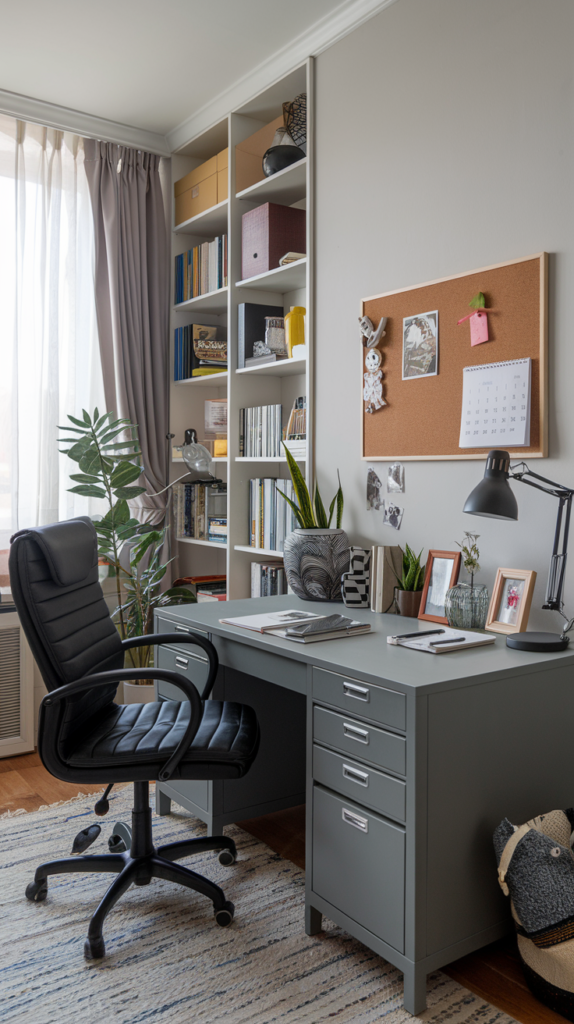
Drawers can be black holes for small office supplies. Use drawer dividers or repurpose ice cube trays and small containers to keep pens, clips, and gadgets neatly sorted.
7. Go Digital with Note-Taking
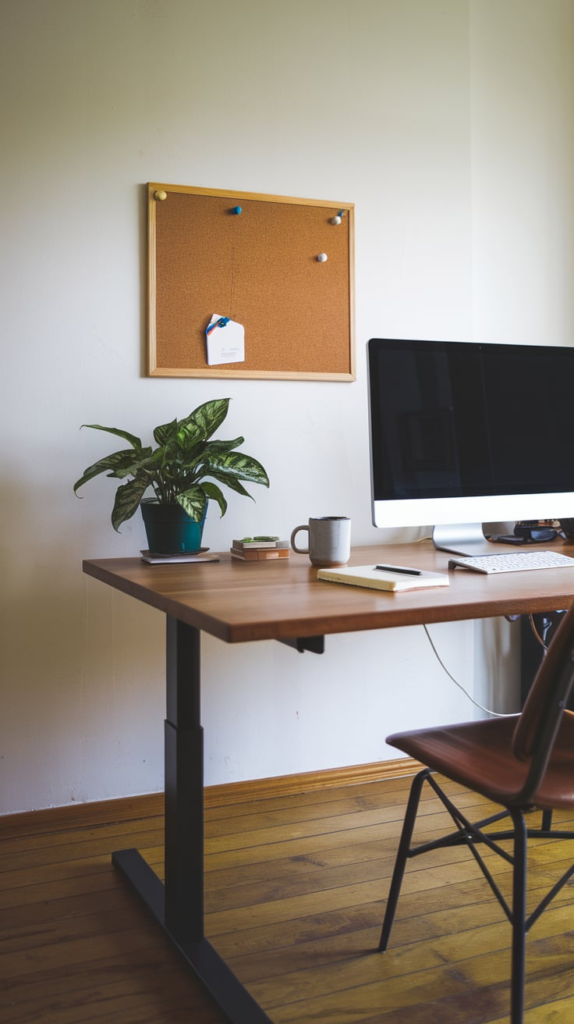
Sticky notes multiply like rabbits. Use apps like Evernote, OneNote, or Notion for digital note-taking. They’re searchable, sync across devices, and eliminate paper chaos.
8. Keep Cables Under Control
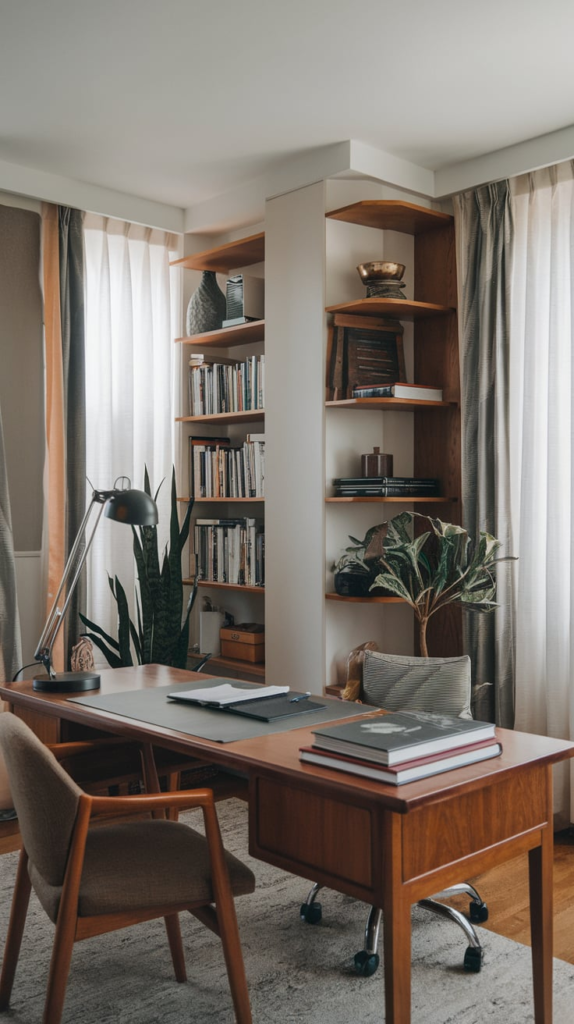
Messy cords are an eyesore and a tripping hazard. Use cable clips, zip ties, or a cable management box to keep things tidy and visually clean.
9. Use a Rolling Cart for Extra Storage
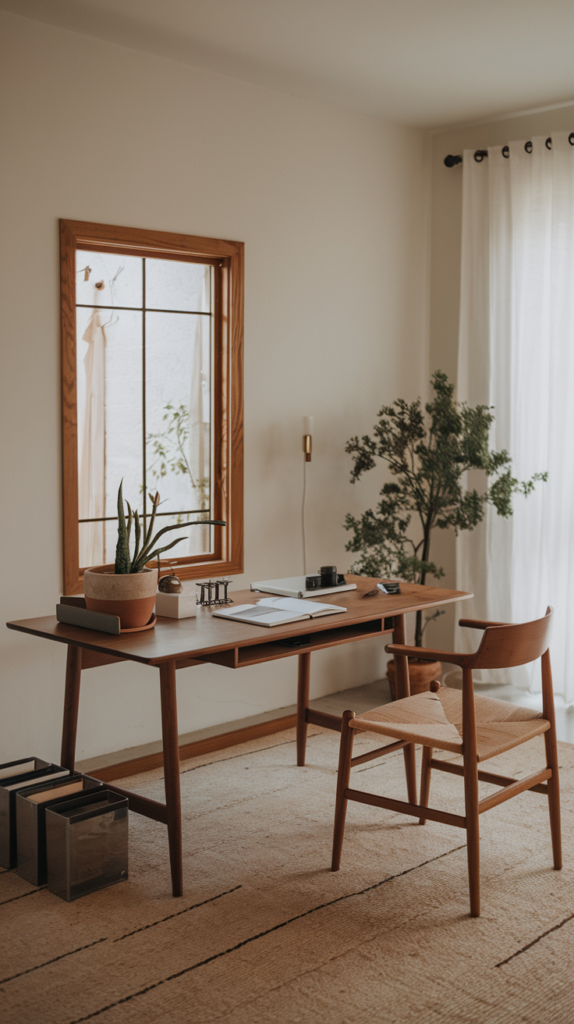
A rolling cart is a versatile lifesaver. Store office supplies, files, or even a coffee station on it, and wheel it away when not in use.
10. Implement the ‘Inbox-Outbox’ System
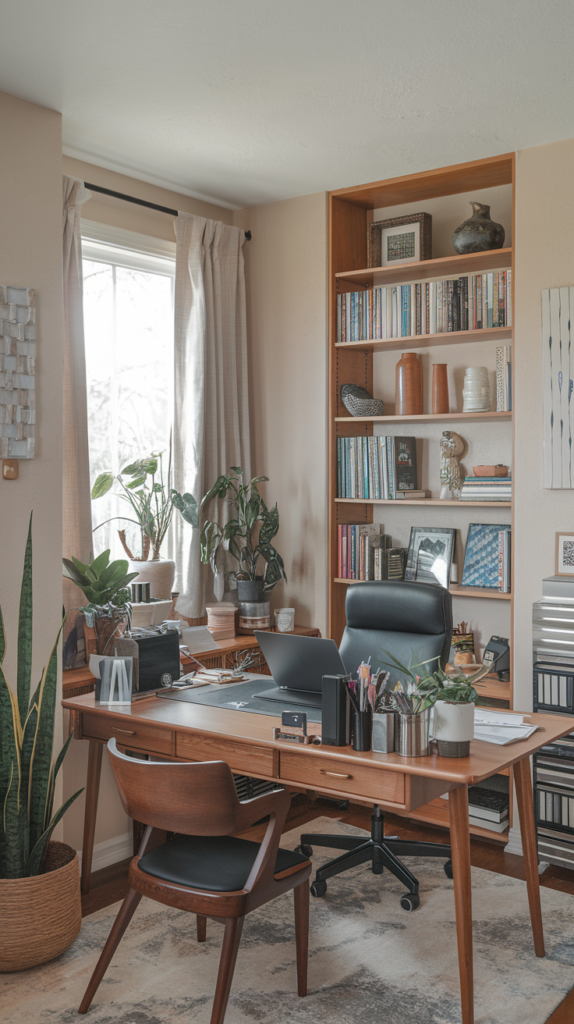
Have an inbox tray for incoming tasks and an outbox tray for completed ones. This method keeps workflow streamlined and efficient.
11. Create a Charging Station
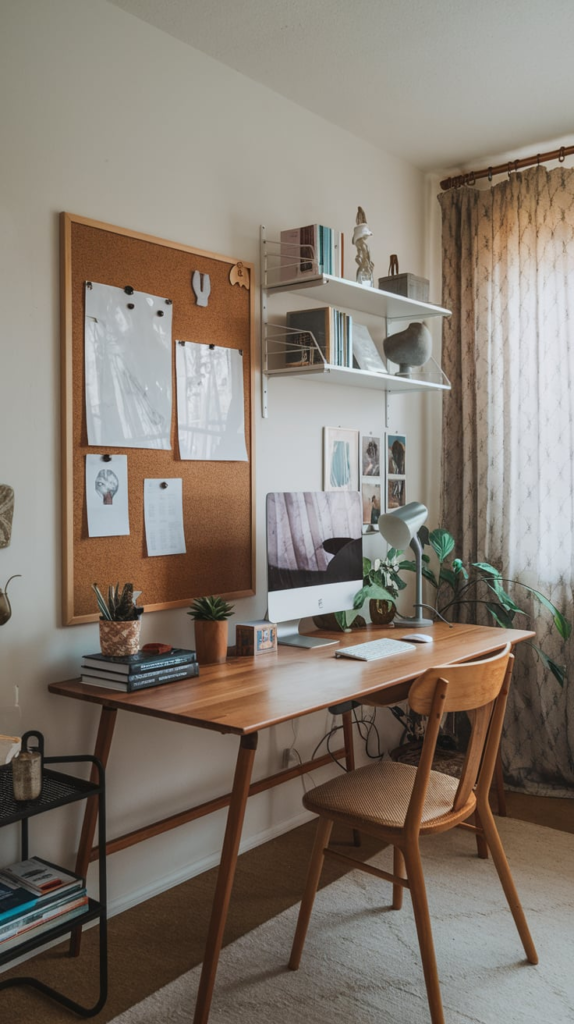
Avoid the daily hunt for chargers by designating a charging station. Use a power strip with USB ports and label each cable to prevent mix-ups.
12. Optimize Lighting
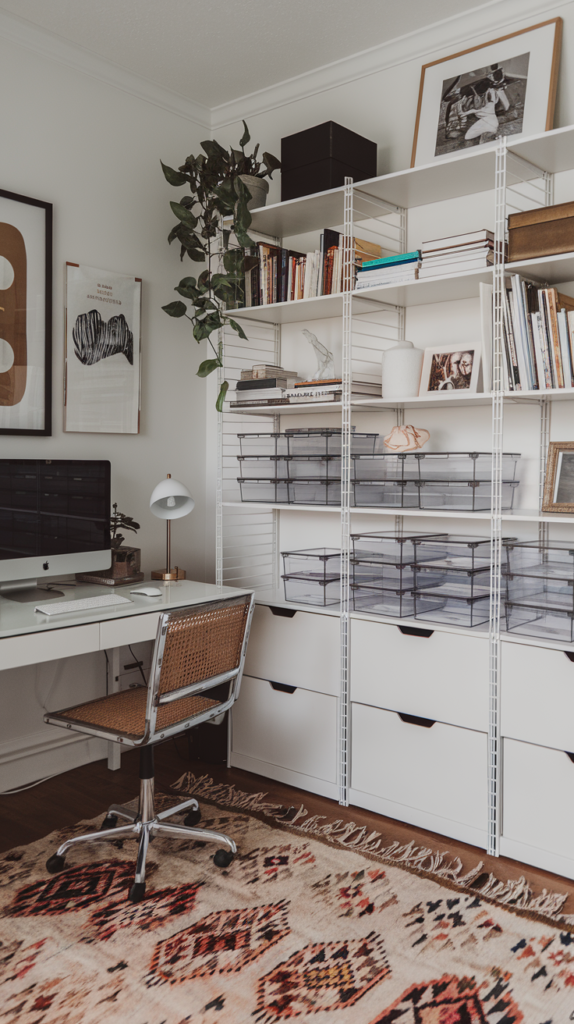
Good lighting isn’t just aesthetic—it’s functional. Use a combination of natural light, overhead lighting, and a desk lamp to prevent eye strain and boost productivity.
13. Use a Whiteboard or Corkboard
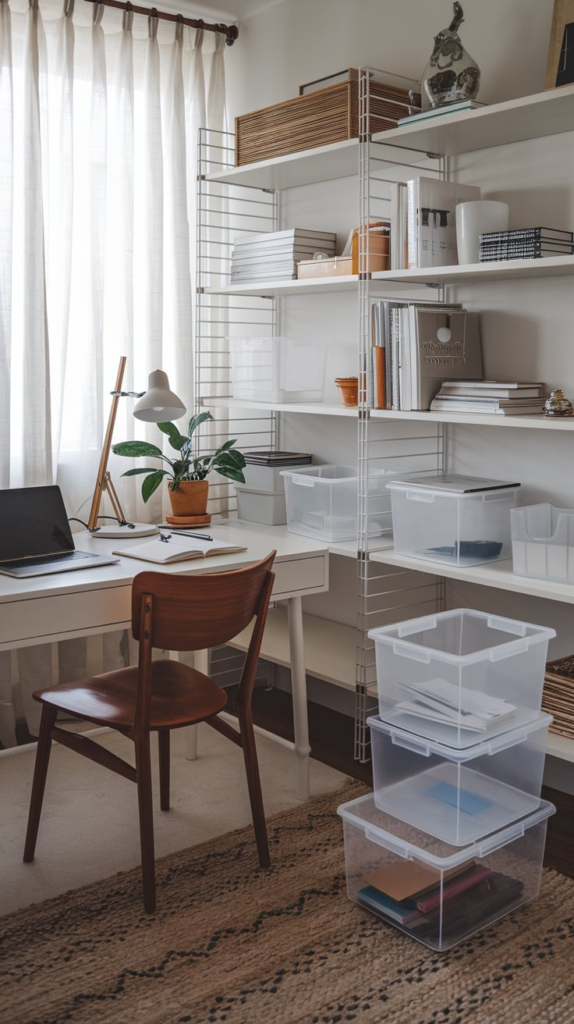
Visual reminders keep you on track. A whiteboard for brainstorming or a corkboard for pinning important notes ensures you don’t miss crucial deadlines.
14. Create a Daily Reset Habit
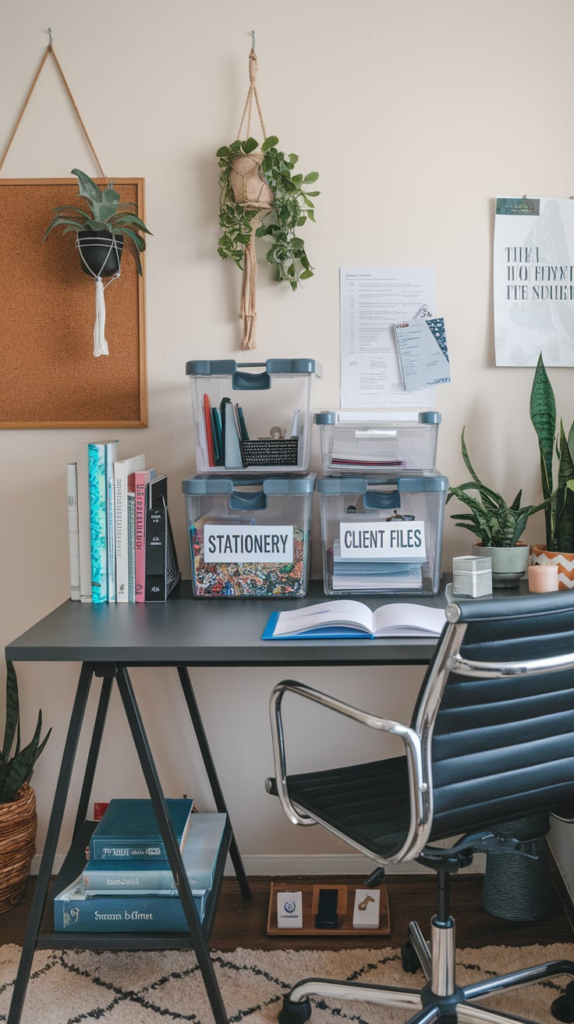
Before logging off, take five minutes to tidy up your workspace. This small habit prevents clutter from creeping back in and keeps you ready for a fresh start each morning.
15. Make Use of Multi-Functional Furniture
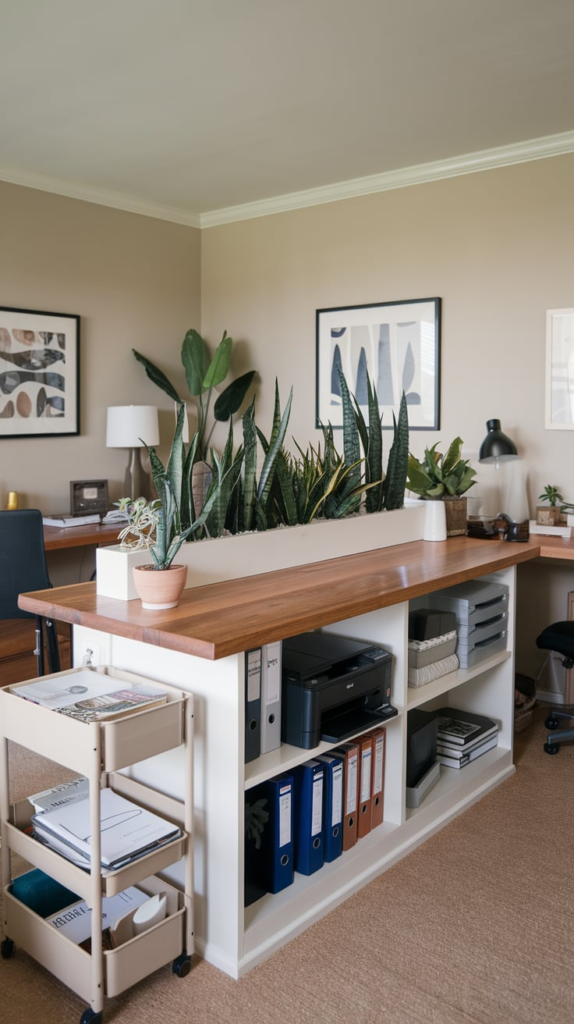
Furniture that pulls double duty—like a desk with built-in storage or a foldable workstation—saves space while keeping everything within reach.
16. Keep a Minimalist Approach

Less is more. The fewer items on your desk, the less visual clutter to distract you. Stick to the essentials and enjoy a clear, focused mind.
17. Organize Your Bookshelf Strategically
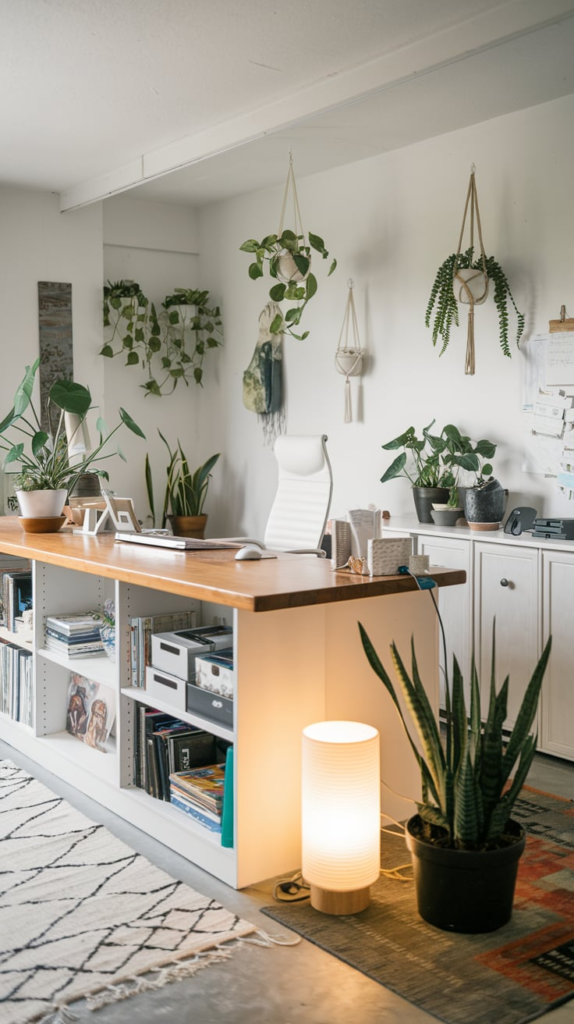
Bookshelves shouldn’t be a dumping ground. Arrange books by category, color, or frequency of use for an aesthetically pleasing and functional setup.
18. Use Wall Hooks or Pegboards
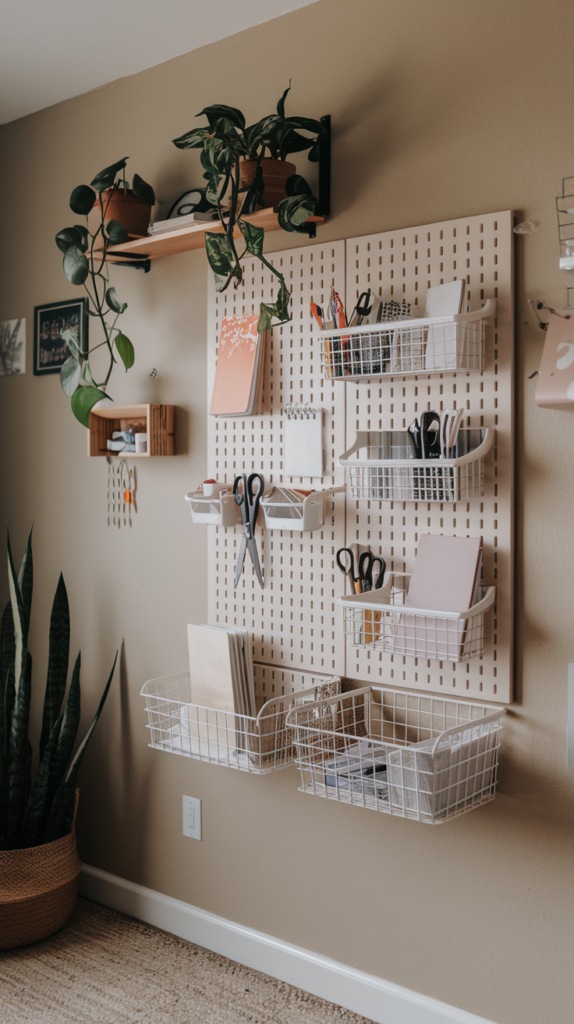
Wall-mounted hooks and pegboards are hidden gems for keeping headphones, keys, and frequently used tools off your desk but within reach.
19. Introduce a Timer for Focus Sessions
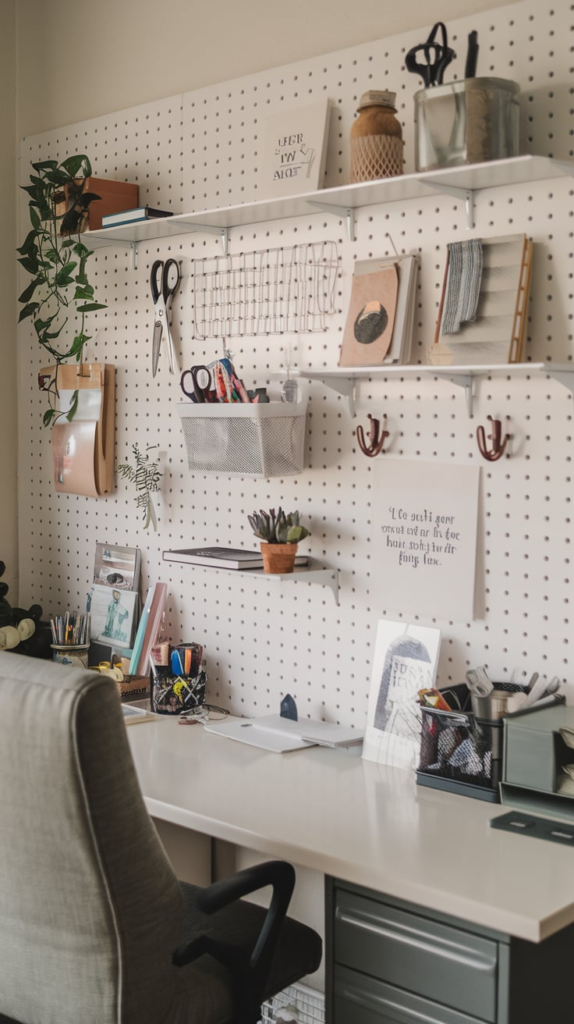
A tidy office is pointless if you’re constantly distracted. Use a Pomodoro timer or productivity app to stay disciplined and on track.
20. Incorporate Plants for a Fresh Feel
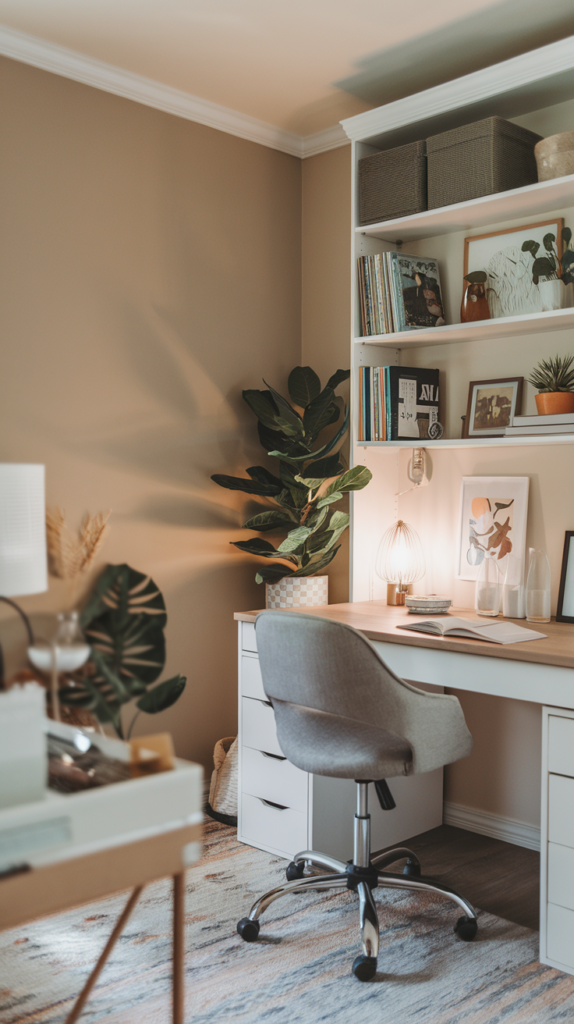
A little greenery goes a long way. Low-maintenance plants like succulents or snake plants improve air quality and add a calming vibe to your workspace.
21. Personalize Without Overloading
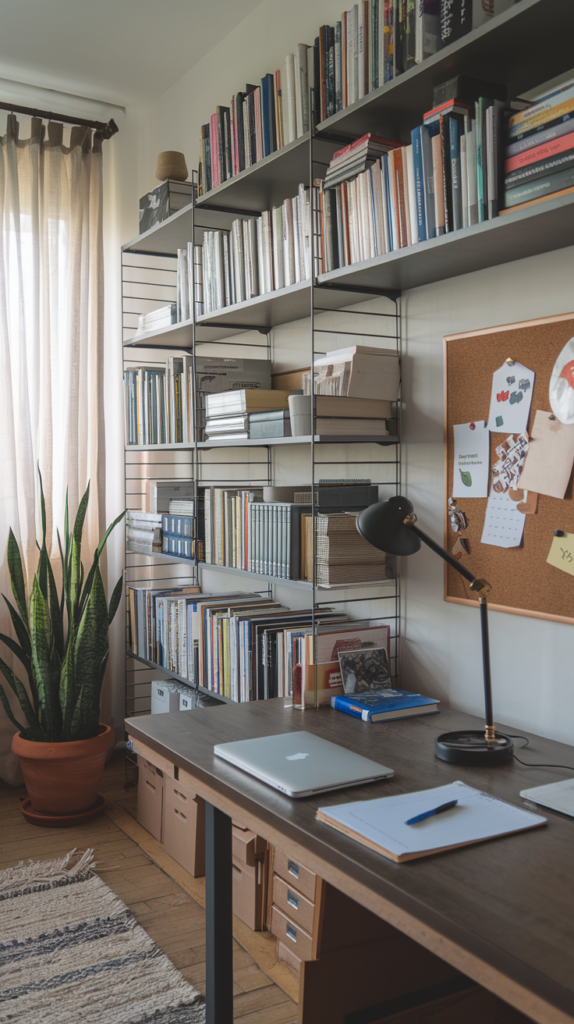
Your workspace should feel inspiring, not chaotic. Display a few motivational quotes, framed photos, or meaningful decor to keep your space personal yet professional.
22. Conduct Monthly Office Audits
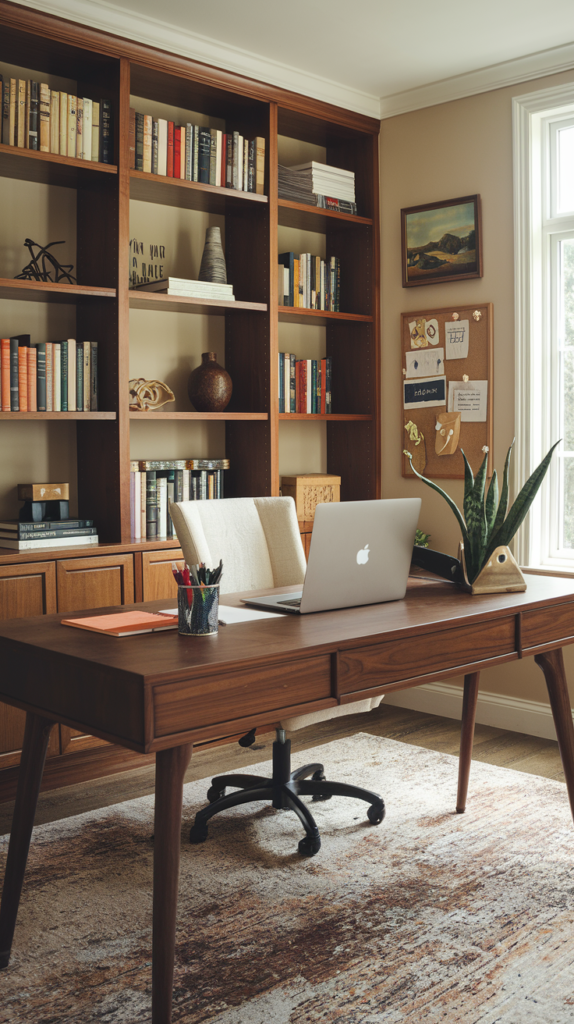
Every month, take a step back and evaluate: What’s working? What’s not? Adjust as needed to maintain an efficient and clutter-free environment.
Conclusion
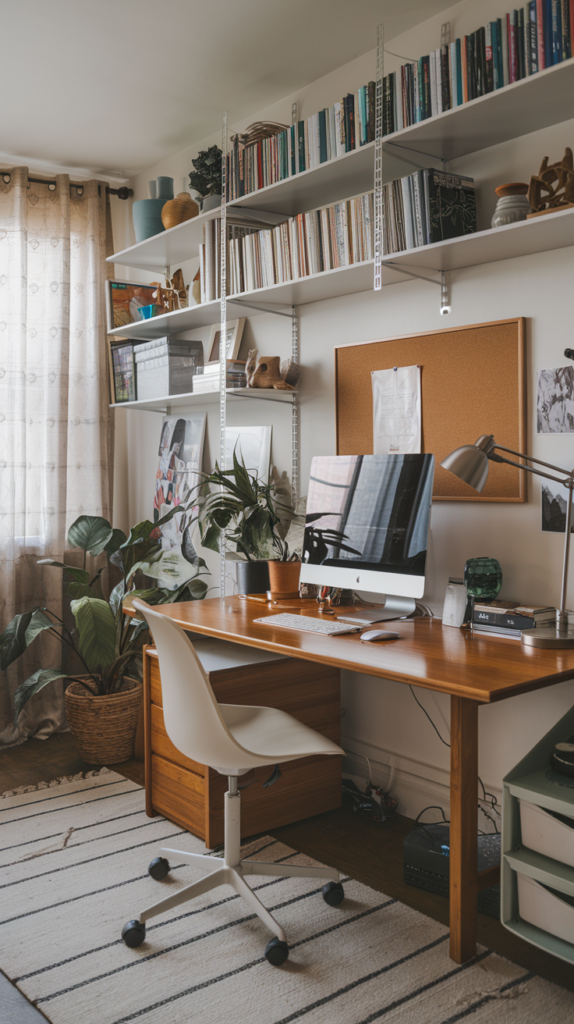
An organized home office isn’t just about aesthetics—it’s about creating a space where you can focus, create, and thrive. Start with one or two of these ideas and build from there. Small changes lead to big improvements, and before you know it, you’ll have a workspace that works for you, not against you.
